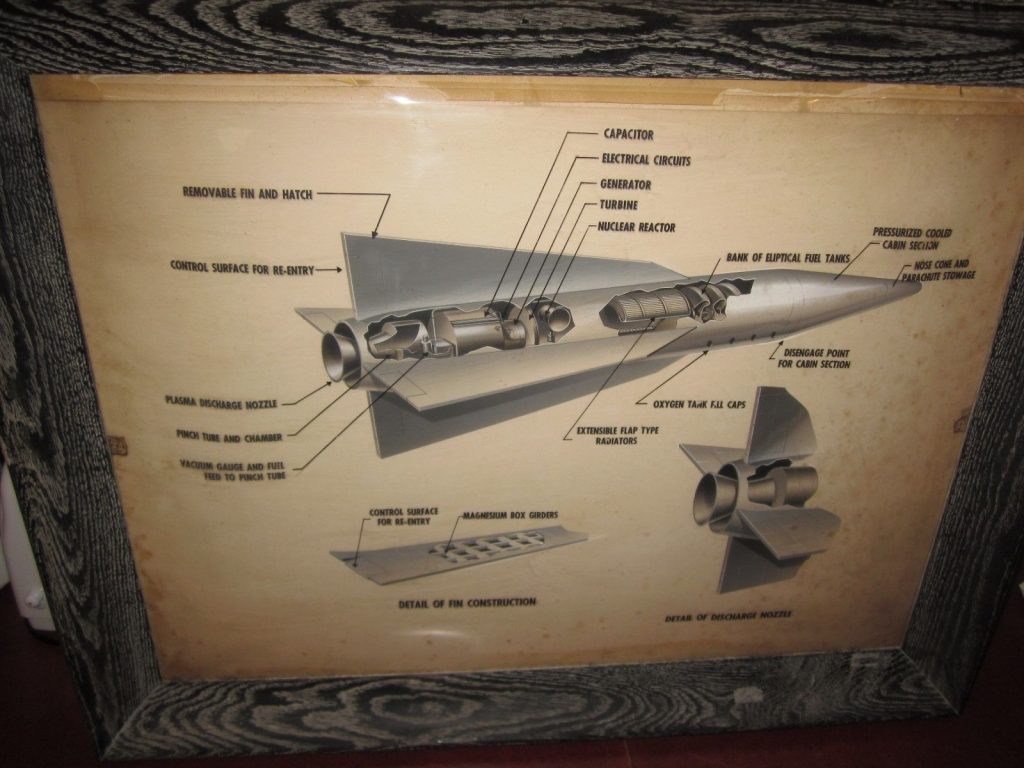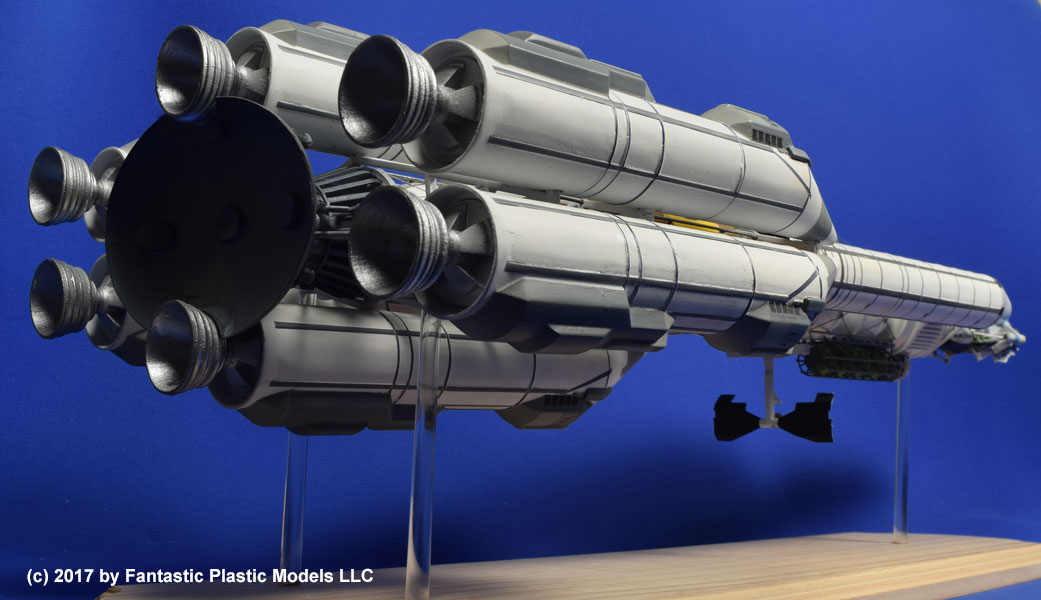So, things seem to be getting interesting over North Korea way. NBC news is reporting rumors that the US may launch a military strike on the Norks if they pop off another one of their lameass fun-sized nukes; this, of course, would be an act of war, so Seoul would likely get a mighty artillery barrage and the war would be back on.
But here’s another ponderable: let’s assume that the Norks develop a functioning deliverable nuke *and* a functional ICBM. Now, if Lil’ Kim was a rational actor, he might issue a press release stating “Huzzah! We got us some ICBMs! Respect ma authoritah!” and maybe launch a sizable Sputnik into orbit just to prove what the Nork ICBMs are capable of. There is little else that they could do with a very small nuclear missile force… at least, not rationally.
So, let’s assume that Kim *isn’t* a rational actor. Let’s assume, instead, that he’s a nut, a nut in charge of a nation that is run more like a cult. So, let’s assume North Korea has *one* ICBM and *one* nuke… and his decision is to launch it straight into downtown Los Angeles. There are three immediate possibilities:
1: The ICBM fails and drops the nuke into the drink.
2: The ICBM works, but the nuke doesn’t, and the dud smacks into California leaving a small crater and a radioactive waste site.
3: KERBLAMMO. No more Hollywood.
Now it’s time for the US to respond. Let’s assume that the US has competent, rational political and military leadership when this happens. So what would be the right responses? Seems to me:
1: The US launches a full-scale but *conventional* military campaign to wipe out the North Korean leadership and military capability. Cruise missiles, carpet bombings and eventually ground invasion.
2: *Maybe* a nuclear response…
3: If the US loses a city to a nuclear attack from another nation, IMO it would be both insane and monumentally stupid for the US to *not* respond in kind. Realistically, it displays weakness and invites further attack from other sources. So, if the Norks nuke the US, the US would have to nuke the Norks. But just how much?
I believe most Americans would feel justified in unleashing a nuclear rain of ruin on any nation that destroys an American city. If the 21st century to date has taught us anything, it’s that a lot of people get all snippy about enemies in their “holy cities,” most of which seem to be dry, dusty hellholes with nothing to recommend them. Now, the US has little in the way of “holy cities,” but I’m pretty sure that even Hollywood would gain “sacred ground” status if it gets nuked. So…. North Korea nukes Los Angeles, we walk nukes all up and down Lil’ Kims ass. Lots of people would be damned happy about that.
Of course, a *lot* of people wouldn’t be happy with that. The fallout would undoubtedly unnerve the Chinese, south Koreans and Japanese. But beyond that, there just might be some *ethical* issues with evaporating North Korea. It is, after all, a nation full not of monsters but slaves, slaves to an idiot ideology (NOTE: We trashed the Nazis and Imperial Japanese and repaved their local cultures to suit out purposes… even unto making changes to their religions. Doing the same in North Korea would probably be non-controversial. But oddly, doing the same in some *other* combat zones I can think of… jeez, even mention that, and the SJW’s get all screamy.) and a maniac military/political hierarchy. Some people might say torching them all might not be entirely moral. That said, North Korea has a sizable military; if the military could be nuked out of existence with minimal civilian damage, I think most would see that as fair. But that would also be virtually impossible.
So: North Korea goes and does something… a little odd. How to respond?




